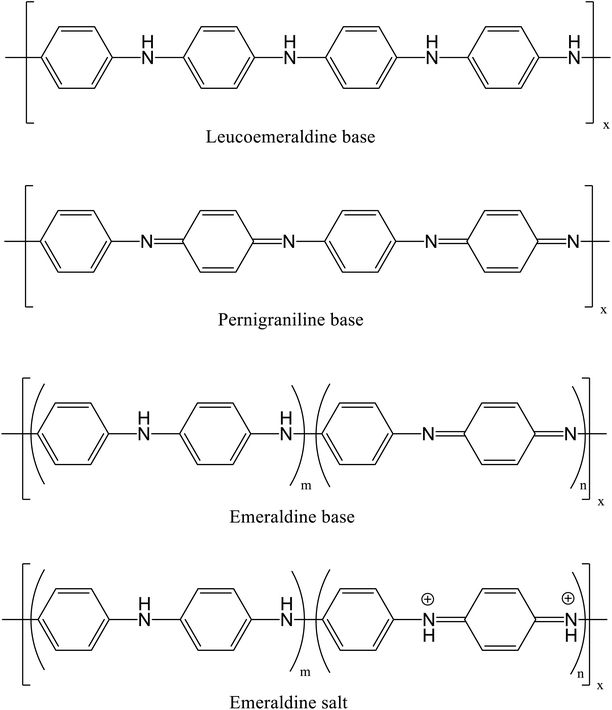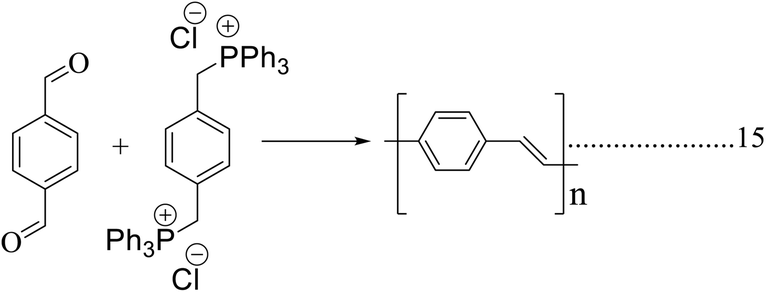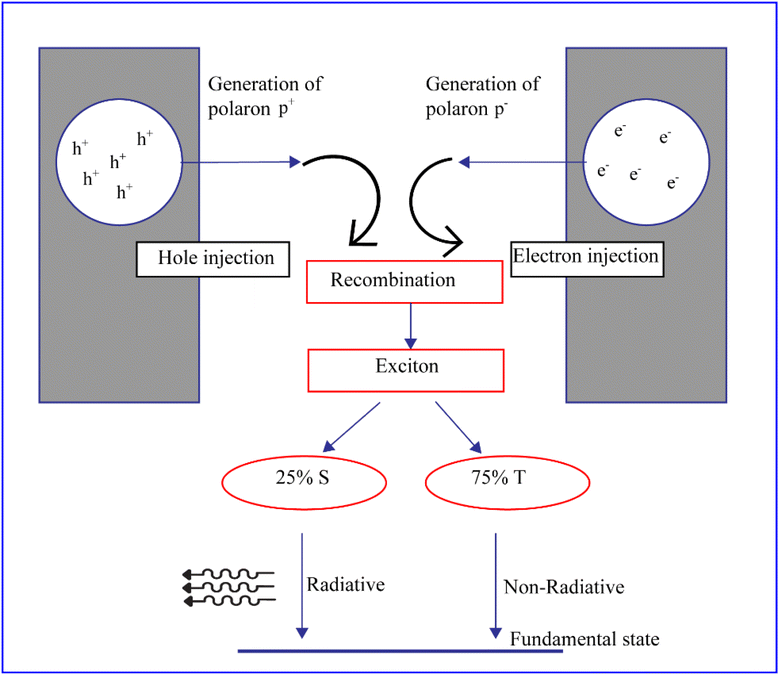 Open Access Article
Open Access ArticleCreative Commons Attribution 3.0 Unported Licence
Correction: Conducting polymers: a comprehensive review on recent advances in synthesis, properties and applications
Namsheer K and
Chandra Sekhar Rout*
Centre for Nano and Material Sciences, Jain University, Jain Global Campus, Jakkasandra, Ramanagaram, Bangalore, 562112, India. E-mail: r.chandrasekhar@jainuniversity.ac.in
First published on 30th May 2024
Abstract
Correction for ‘Conducting polymers: a comprehensive review on recent advances in synthesis, properties and applications’ by Namsheer K et al., RSC Adv., 2021, 11, 5659–5697, https://doi.org/10.1039/D0RA07800J.
In the original manuscript, the authors regret errors in the schemes, charts and figures as detailed below.
In Chart 2, the structures of emeraldine and pernigraniline contain multiple carbons drawn incorrectly with 5 bonds, and the structure of pernigraniline is incorrectly labelled as being fully reduced rather than oxidised. The correct structures and labels are indicated herein.
In Scheme 8, the chlorine atoms are written as ‘cl’ rather than ‘Cl’. A corrected Scheme 8 is shown herein.
In Scheme 10, P + Ph3 was drawn incorrectly, and should read as P+Ph3.
Finally, Fig. 7 contained formatting errors. The correct version of Fig. 7 can be viewed herein.
These revisions do not affect the conclusions of the article.
The Royal Society of Chemistry apologises for these errors and any consequent inconvenience to authors and readers.
| This journal is © The Royal Society of Chemistry 2024 |




